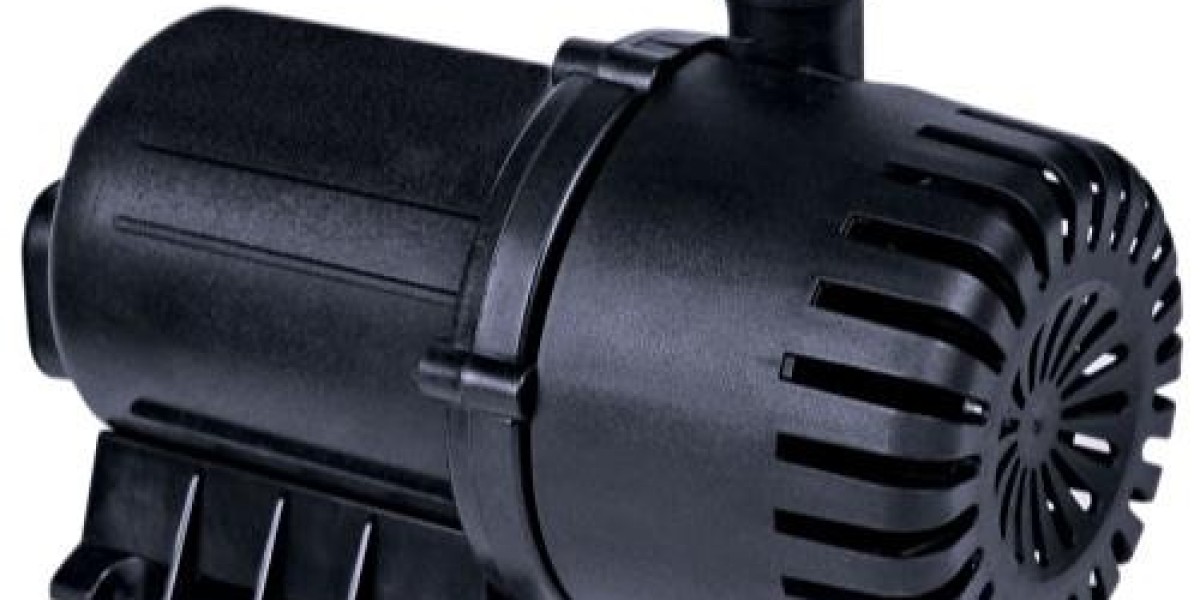Submersible pumps are essential tools in various industries, ranging from water and wastewater management to oil and gas extraction. Designed to operate fully submerged in liquids, these pumps provide efficient, reliable, and high-performance solutions for moving fluids where traditional pumping systems might fail.
How Submersible Pumps Work
Unlike standard pumps, submersible pumps operate underwater, pushing liquids to the surface rather than sucking them up. This design minimizes cavitation, a common problem in conventional pumps, ensuring a more stable and efficient flow. Typically, these pumps consist of a sealed motor directly coupled to the pump body, allowing the entire unit to function underwater without risk of motor damage. Cooling is provided naturally by the surrounding liquid, enhancing operational efficiency and extending the life of the pump.
Applications Across Industries
Submersible pumps have a wide range of applications. In water supply systems, they are used for pumping groundwater, wells, and reservoirs, ensuring a steady water flow for municipal or agricultural use. In wastewater management, they handle sewage and industrial effluents, maintaining sanitation standards and environmental compliance. The oil and gas sector uses heavy-duty submersible pumps for dewatering, crude oil extraction, and handling highly viscous fluids. Additionally, they are vital in mining, construction, and marine operations, where reliable fluid transfer is critical.
Advantages of Submersible Pumps
One of the key benefits of submersible pumps is their efficiency. Being fully submerged reduces energy losses, and direct motor-to-pump coupling enhances performance. Their space-saving design allows installation in confined or hard-to-reach locations, making them ideal for wells, sumps, and tanks. Moreover, submersible pumps are durable and low-maintenance, as the liquid itself helps cool the motor and lubricate moving parts.
Modern submersible pumps often come equipped with advanced monitoring and control systems, allowing real-time performance tracking, predictive maintenance, and energy optimization. These features reduce downtime, enhance safety, and allow operators to respond quickly to operational anomalies.
Challenges and Considerations
Despite their advantages, submersible pumps require careful selection and installation. Factors such as fluid composition, flow rate, head pressure, and environmental conditions must be considered to ensure optimal performance. Proper sealing and corrosion-resistant materials are critical for handling aggressive or abrasive fluids. Additionally, regular inspection and maintenance of electrical components are necessary to prevent failures.
Conclusion
Submersible pumps are indispensable in modern fluid management systems. Their reliability, efficiency, and adaptability make them suitable for a variety of industrial and municipal applications. By integrating advanced monitoring technologies and selecting the right pump for each application, operators can achieve sustainable performance, reduce operational costs, and enhance safety. As industries continue to demand higher efficiency and durability, submersible pumps will remain a cornerstone of effective liquid handling solutions.








